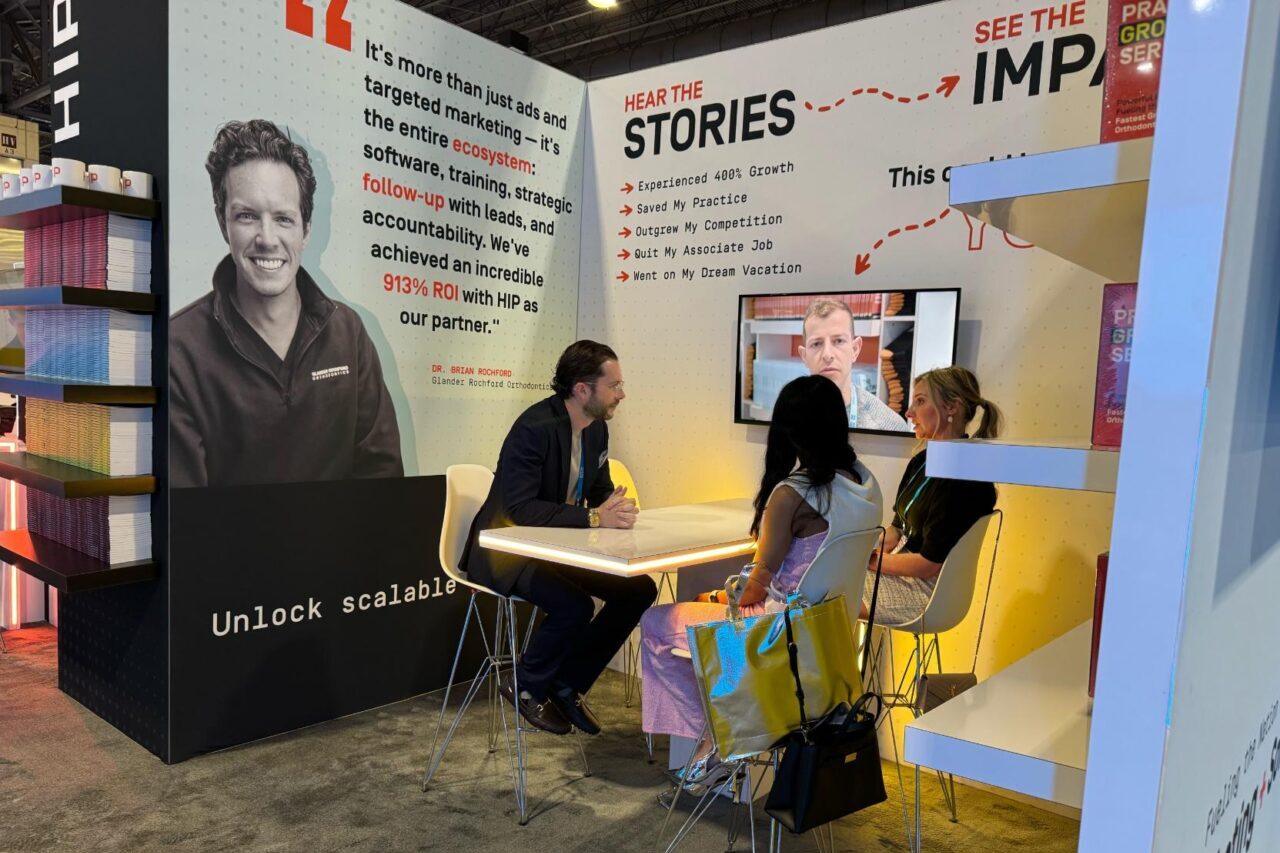Do you have a website that you know is visually pleasing but, for whatever reason, just isn’t performing to your expectations? The answer is clear: the odds are that it just wasn’t built with visitors and lead generation in mind. Great design can make all of the difference in the world, but it isn’t just visual design that you should be focusing on. The absolute best user experience possible, coupled with audience-focused content, is the real way to generate the business results that you’re after. If you’re in need of a site that both attracts visitors and creates new customers, you’ll need to take a few very specific steps to accomplish that.
1. Identify Your Buyer Personas
Buyer personas are a great resource to utilize so that you have someone in mind when you’re designing your site. They’re important because they always help you think about your target audience. If you ran a contracting company, for example, one buyer persona might be a 40-year-old construction site manager who is looking for a way to increase productivity on the job site. By always remembering your buyer personas, you’re creating content that will always be relevant to those people.
2. Map Out Your Consumers Buying Process
You should always review the last ten customer journeys that real customers had to go through in order to buy your product or service. Doing so allows you to see where you could improve and what else you could be offering to generally help the process go smoother, faster and run more efficiently.
3. Design Your Site for Lead Capturing
Lead capturing is the bread and butter of small businesses in the digital age. To do this, you should be creating offers that are enticing that people want to actively pursue. You should also be implementing CTAs, which are also commonly called “Calls to Action.” A CTA can be a short phrase that generates interest in the user and tells them what to do next. They should say something like “To find out more information about our service, call us today.” They should be located strategically throughout the page, particularly towards the end of content. They should also look natural, warm and inviting.
Other ways to design your site for lead capturing include creating remarkable content that the user won’t be able to find anywhere else and by using landing pages.
4. Track Your Conversions
Tracking your conversions gives you actionable insight regarding what you’re doing right and, more importantly, what you’re doing wrong. It will show you areas where the conversion process can be improved and will let you see the results of any changes that you make in real-time.
Great design is an important element of your site, but it is only one element. Only by keeping your buyer personas in mind, mapping out your consumer’s buying process and designing specifically for lead capturing will you be able to finally achieve the results that you’re after



